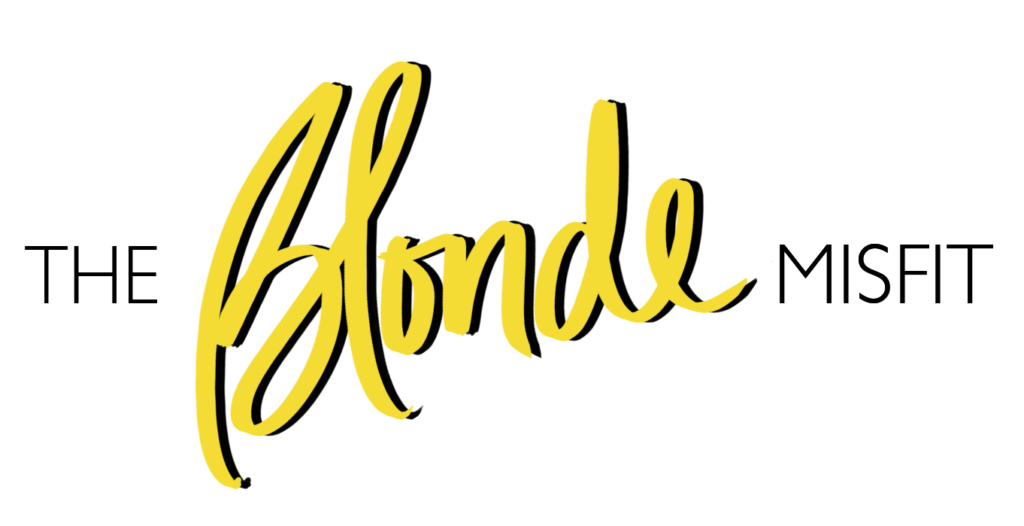2018 was a LONG year for many of us (raise your hand if you forgot we had an entire Olympics in 2018), but there were still moments to celebrate and to smile. For one, it seems like the fashion industry as a whole grew exponentially more progressive, creating a record-setting year in terms of racial, size, gender, and age representation both on the runways, ads, and magazine covers. I don’t necessarily know what to attest it to; I do believe we still have exclusionary places of power that don’t want to change, however I also believe that with the growth of social media being used as a way for people to communicate and discuss ideas, places of hierarchy are being destroyed.
According to The Fashion Spot, “Of the 745 cover appearances we reviewed this year across 51 top domestic, international and independent fashion magazines, 281, or 37.7 percent, were people of color.” Now, that’s not just including US subscriptions, but global as well as independent markets.
So who actually had the most ethnic variances? Surprisingly (but maybe not) was CR Fashion Book and Vogue Taiwan.
Surprisingly enough, the brands were immediately followed by Vogue India, Vogue Arabia, and then Allure at 71%, helmed by Michelle Lee and her fearless team of editors, writers, and overall badass game-changers. Additionally from The Fashion Spot:
“Next came InStyle (67 percent, two women over age 50), i-D (64 percent, one plus-size woman, two transgender women), T: The New York Times Style Magazine (60 percent, six women over age 50), Glamour (55 percent, two plus-size women, one woman over age 50), Vogue Korea (53 percent) and Vogue U.K. (52 percent, one plus-size woman, two women over age 50). We’d like to take a minute to spotlight Vogue U.K., which under the stewardship of Edward Enninful has done much to redress its shameful legacy of exclusion. Before 2017, the mag went 14 years with only six nonwhite solo cover stars; in 2018 alone it featured 12 out of 23 nonwhite cover stars, including Rihanna, Oprah Winfrey, Adut Akech, Halima Aden, Selena Forrest and Yoon Young Bae.”
An interesting moment to note was that Vogue Paris only featured one non-white cover star, Naomi Campbell, for the year. While I will NEVER tell us to stop shining light on the ones that have come before us, doesn’t it get a bit old to see the same faces over and over again when we can just…get other faces featured in the forefront? Many other magazines that hit the under 10% list came out of Europe, although Marie Claire U.K. did startle me a bit…but that’s neither here nor there.
With age, there was improvement, although minimal. “Per usual, Nicole Kidman, 51, fronted the most covers of any woman in her age group, posing for Allure, Marie Claire, Vanity Fair, Vogue U.K. and W,” noted the report. “The inimitable Oprah Winfrey, 64, came in second, covering InStyle, Vanity Fair, Vogue U.K. and WSJ. Magazine. Angela Bassett, 60, landed both Allure and ELLE’s November covers. […]The rest of the set — which includes legends like Viola Davis, Salma Hayek, Michelle Obama, Madonna and Mia Farrow — landed one cover apiece.” I do vividly remember Angela’s cover for Allure, not too sold on the actual story (it felt somewhat lacking and incomplete?) but in love with Angela’s shot.
Moving into sizing, I think we saw tokenism at its finest again this year, most magazines immediately running to Ashley Graham for their coveted spots in lending their voices towards inclusivity. I won’t deny that I did see a LOT more representation — mostly coming from indie and smaller pubs, TBH — but nonetheless, a step in the right direction. Remember, we’re working with 745 magazine covers of the year, and how many do you guys think had plus-size (or non-straight-size, as some like to call it) cover stars?
18.
18 out of 745 would roughly pan out to 2.4%, not nearly enough to be applaudable given the fact that MUCH of the world is not a size two (or a four, or six, but I digress). The report noted that this is, in fact, increasing in comparison to the stats for runway and ad campaign work, at a .73 and 1.3%, respectively. Of the mags, Dazed, Glamour (RIP) led the way for the work to be done, and surprisingly, the most landed covers didn’t go to Ashley Graham, but to lady Oprah. Only thing I’ll note is that there were no plus-size, openly transgender cover stars. That…requires work.
I obviously don’t want to rip off the entire study done, so please read the full report over on The Fashion Spot. What I will note is that there is still a lot of work to be done in our communities, and while we can have a moment to praise the good work we’ve seen, let us not grow weary in holding more brands, more people, and more magazines accountable for the new year. What do you guys think?
